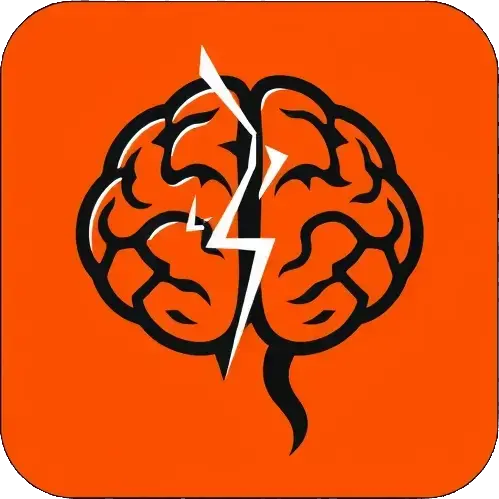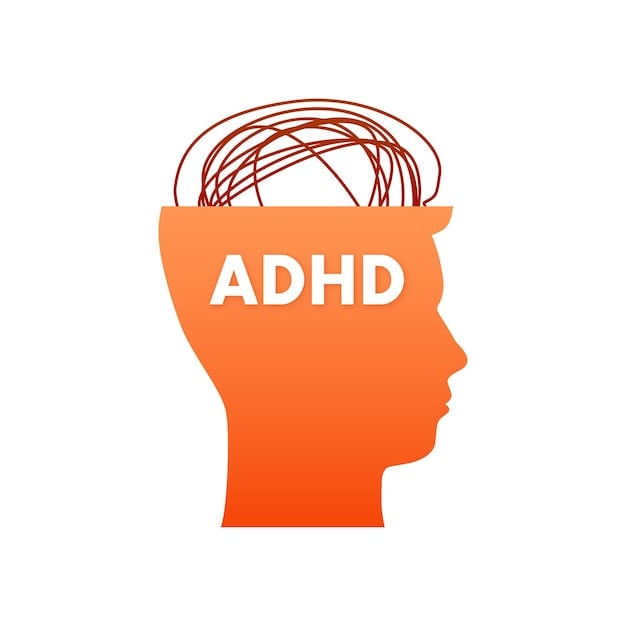Wrote a spiking neural net (something I’d never heard of previously) in Rust (a language I had 0 experience with) in three days… while being unable to get the motivation to look for a new apartment until literally the day before school started and my lease ended.
Fun times.














Don’t be this way. One of my most distinct memories of my dad is me telling him he was wrong about something. We looked into it together and he admitted he was wrong.
It’s a core memory because of how rare it was in my early childhood for an adult to listen to me, not get angry or dismissive, and listen to evidence despite it contradicting their intuition.